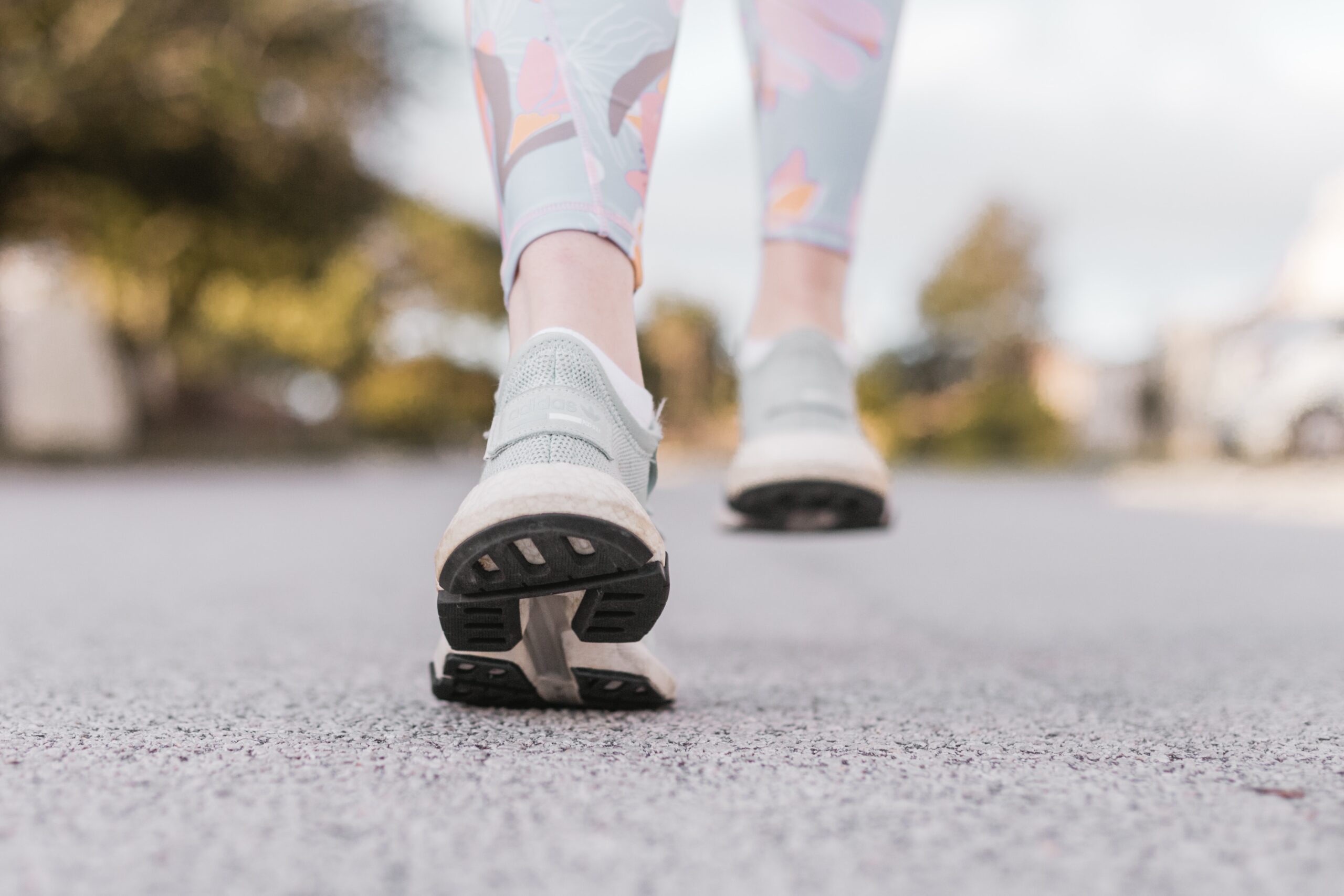Research has shown that increasing physical activity, including walking, can help reduce the risk of chronic diseases such as cardiovascular disease, diabetes, and some types of cancer. Walking has also been shown to improve mental health, including reducing symptoms of depression and anxiety.
A review of studies on the topic published in the British Journal of Sports Medicine in 2019 found that taking more steps per day was associated with lower body mass index, blood pressure, and waist circumference, and higher levels of physical fitness. Additionally, the review found that taking more steps per day was associated with a lower risk of mortality, meaning that people who take more steps tend to live longer.
However, the number of steps required to achieve health benefits may vary among individuals based on factors such as age, sex, and overall fitness level.
So where does 10,000 steps a day come from?
Dr. I-Min Lee is an associate epidemiologist at Brigham and Women’s Hospital, a professor of medicine at Harvard Medical School, and a researcher on physical activity. She and her colleagues wanted to look at the basis for 10,000 steps and its validity. Their new study in JAMA Internal Medicine answers two questions about mortality: How many steps a day are associated with lowering the mortality rate? Does stepping intensity level make a difference in mortality when people take the same number of steps?
Dr. Lee discovered that the origins of the number go back to 1965, when a Japanese company made a device named Manpo-kei, which translates to “10,000 steps meter.” “The name was a marketing tool,” she says. But since the figure has become so ingrained in our health consciousness (it’s often the default setting in fitness trackers), she wanted to see if it had any scientific basis for health.
She had already been studying the relationship of physical activity and health in older women, and it made sense to stay with that population, she says. This group tends to be less active, yet health issues that occur more often as people age become more important. The research looked at 16,741 women ages 62 to 101 (average age 72). Between 2011 and 2015, all participants wore tracking devices called accelerometers during waking hours. The central question was: are increased steps associated with fewer deaths?
What did the research find?
Key findings from the study include these:
- Sedentary women averaged 2,700 steps a day.
- Women who averaged 4,400 daily steps had a 41% reduction in mortality.
- Mortality rates progressively improved before leveling off at approximately 7,500 steps per day.
- There were about nine fewer deaths per 1,000 person-years in the most active group compared with the least active group.
So, if mortality — death — is your major concern, this study suggests you can reap benefits from 7,500 steps a day. That’s 25% fewer steps than the more common goal of 10,000 steps.
What are the study’s limitations?
Dr. Lee notes that this study was designed to look at only two factors. One is mortality — not anything related to quality of life, cognitive functions, or physical conditions. So, this particular study doesn’t tell us how many steps to aim for in order to maximize our quality of life, or help prevent cognitive decline or physical ailments.
The second question Dr. Lee hoped to answer is whether the intensity of the steps a person took mattered. It doesn’t. “Every step counts,” she says.
What’s the bigger picture?
While the scope of this study is narrow, Dr. Lee draws some bigger-picture findings.
Exercise recommendations are often measured in time: at least 150 minutes of moderate aerobic activity a week has been the federal government’s recommendation since 2008. People who aren’t active may find it difficult to know exactly how long they’ve been moving. Quantifying exercise by counting steps can feel more doable and less overwhelming.
If you’re sedentary, add 2,000 more daily steps so that you average at least 4,400 daily steps. While 2,000 steps equals one mile, it’s not necessary to walk it all at once. Instead, try to take extra steps over the course of each waking hour.
She offers good advice for everyone, particularly those looking for extra steps:
- Take the stairs instead of the elevator.
- Park at the first empty space you see, not the one closest to the entrance.
- Get off the bus one stop earlier than your destination.
- At home, break up chores. Make more than one trip to bring the dinner dishes into the kitchen, or when bringing groceries in from your car.

